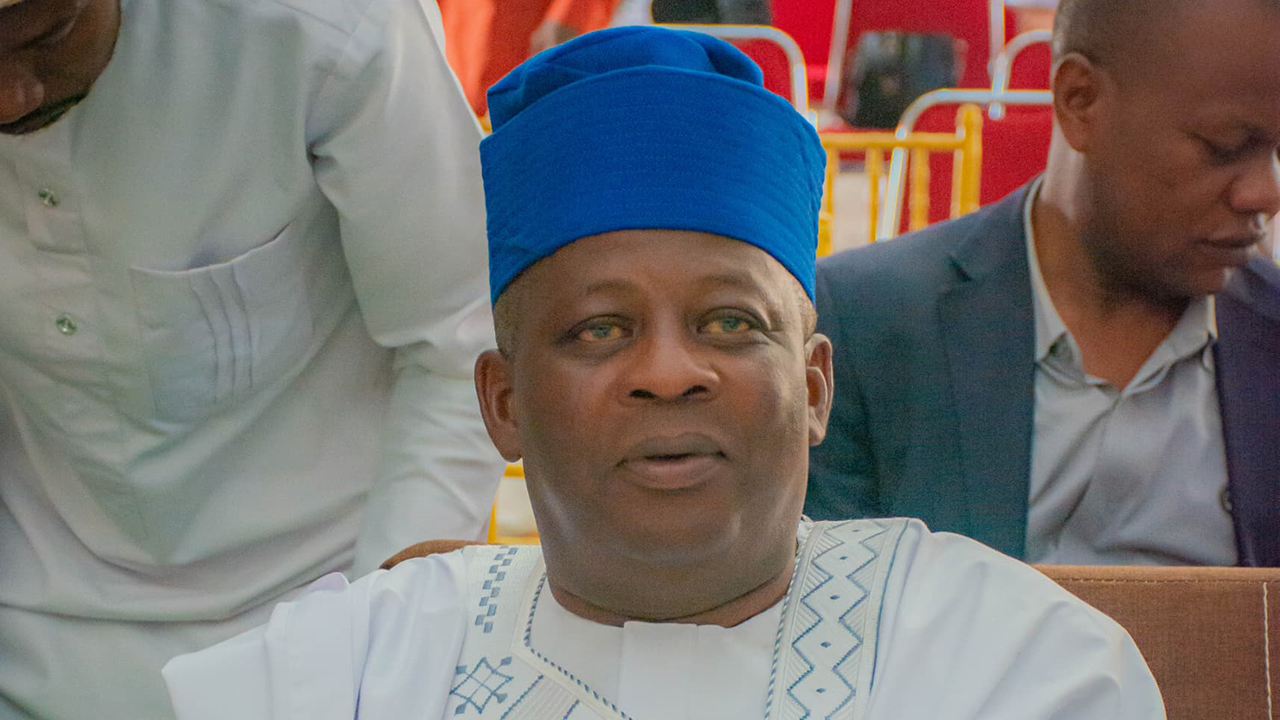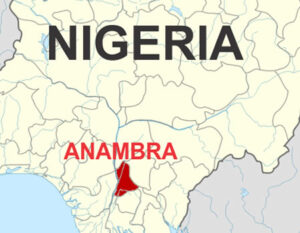Nigerians Among Worst People Suffering From Internet Poverty Globally
The Internet Poverty Index by the World Data Lab has revealed that Nigeria has the largest number of Internet poor people in the world.
It was gathered that no fewer than 169 countries were ranked on the index.
It was reported that 1.39 billion people were suffering from Internet poverty in the world in 2022. 47.39 per cent (103.02 million people) of Nigeria’s 217.37 million population suffer from Internet poverty.
It was also said that 51.43 per cent (714.79 million) of those living in Internet poverty in the world live in Nigeria, India, China, Congo (DRC), Brazil, Pakistan, Philippines, Tanzania, Indonesia, and South Africa.
The data enterprise disclosed that Internet access is increasingly being viewed as a basic requirement, alongside access to food, clothing, housing, and energy, noting that the ability to measure Internet poverty could raise awareness and identify the most vulnerable groups.
It said, “Internet poverty is measured by how many people can or cannot afford a minimum package of mobile internet.
“Moreover, it is based on three assumed pillars: affordability, quantity, and quality. Affordability, where up to 10 per cent of total individual spending is assumed. Quantity, where 1GB per month is assumed. Quality, where 10Mbps download speed is assumed.
“The hedonic pricing method is used to assess prices of mobile internet around the world, based on Internet quality and a set of socioeconomic variables. The variable of internet quality is fixed to project the cost of 1GB of mobile internet at that quality globally.
“These numbers are then combined with individual spending distributions to calculate the number of people who have the ability to afford that package of mobile internet (including up to 10 per cent of total individual spending).”
The nation’s broadband penetration was 40.91 per cent (78.08 million) in February 2022, according to the Nigerian Communications Commission.
In its ‘A Better Future for All Nigerians: 2022 Nigeria Poverty Assessment’ report, the World Bank disclosed that the number of poor Nigerians is projected to hit 95.1 million in 2022.
“Given the effects of the crisis, however, the poverty headcount rate is instead projected to jump from 40.1 per cent in 2018/19 to 42.0 per cent in 2020 and 42.6 per cent in 2022, implying that the number of poor people was 89.0 million in 2020 and would be 95.1 million in 2022.
“Taking the difference between these two scenarios, the crisis alone is projected to have driven an additional 3.8 million Nigerians into poverty in 2020, with an additional 5.1 million living in poverty by 2022,” it said.















Post Comment